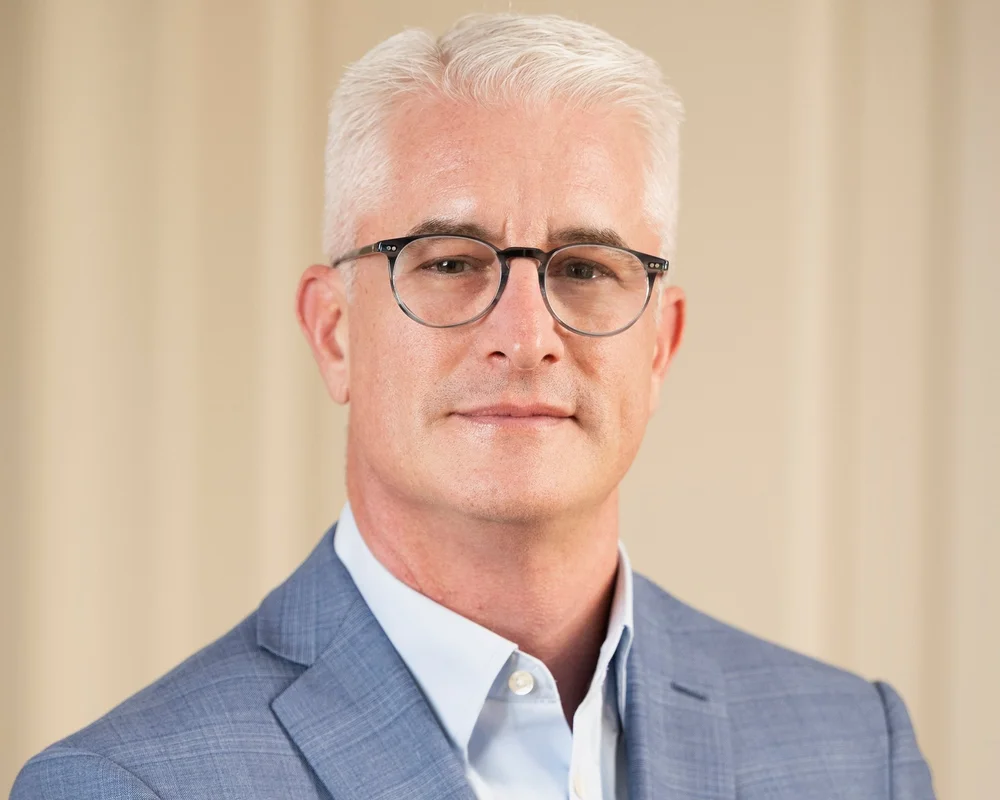In my post earlier this week about dark fiber and unintended consequences, I looked at the new longhaul buildout by Allied Fiber from the point of view of other longhaul fiber operators. But that made it sound as if Allied Fiber is an unwelcome entrant to the sector, which would be true only for a small subset of the industry. Allied Fiber has many allies that hope to see it succeed:
Metro Fiber operators – The more of a metro fiber orientation, the more you like the idea of having a new dark fiber intercity player. For companies like abvt, TW Telecom (NASDAQ:TWTC, news, filings), American Fiber Systems, FiberLight, and others of similar orientation, intercity fiber is more of an enabler than a source of value directly. Having it in the right places allows them to get more out of their main metro assets than they could otherwise and increases their addressable market. But they’d prefer to save their cash for the high margin but capital intensive metro business. Thus, they tend to link their networks together with wavelengths or dark fiber IRUs. For them, having someone like Allied Fiber out there to buy from or just to keep prices and flexibility in line would be a good thing.
Wireless Carriers & Tower owners – Allied Fiber has hooking up towers directly as part of their wholesale model, which the tower companies have to find attractive. Such towers have a low barrier of entry for any carriers wishing to backhaulo traffic, and thus will attract more tenants etc. Having a carrier build fiber to your tower is one thing, having it available to any other carrier forever thereafter is even better. To be honest though, this line of thought seems a bit shaky to me thus far as the towers in question lie only in narrow strips on paths between cities – but I guess one has to start somewhere.
Foreign PTTs – If desire to increase their presence in the US market again, having to do so by buying dark fiber from a reluctant competitor like AT&T, Verizon, Level 3, or Qwest is certainly part of the list of difficulties they face. If Allied Fiber succeeds, they will have what they haven’t had since the bubble – a wholesale alternative rather than the wholesale division of a competitor.
AT&T and Verizon – Frankly these two have put far less fewer of their eggs in the intercity longhaul basket than the smaller nextgen operators. On intercity routes they tend to have older fiber and less of it. They probably don’t much care if Allied Fiber survives its buildout, just that its fiber does so that they don’t have to spend cash to build it themselves when they need it. After the dot com bubble popped, I seem to recall AT&T picking up an unfinished conduit/fiber network that they had backed, for pennies on the dollar. Can’t quite place the name though, anyone?
If you haven't already, please take our Reader Survey! Just 3 questions to help us better understand who is reading Telecom Ramblings so we can serve you better!
Categories: Fiber optic cable · Internet Backbones






Hi Rob. Another group that will look positively towards Allied, assuming the feeling is mutual, are conurbanizations, i.e., UTOPIA-like networks, and even smaller single-town, or community-of-interest networks (COINs) and wireless ISPs (WISPs) in rural areas whose three backhaul choices at the moment happen to be bad (extortionist forms of special access), worse (special access + first born), or non-existent (first trimester abortions).
I know from having studied stimulus filings, not to mention having followed this space for about twenty plus years, that the demand coming from that sector is nothing short that astronomically HUGE! At various points in time, some of those latent builds have mused about using National LambdaRail’s backbone, or one of NLR’s dark fiber suppliers, but nothing notable has ever come of those on any scale worth mentioning.
It’s generally considered a show-stopper for such network initiatives if they can’t design in an affordable upstream capacity to the core, so there is deceivingly little evidence to support what I’m saying here for the casual observer. It will be interesting to see how Allied treats this group in months and years go come. Thoughts?
frank@fttx.org
I should also like to commend your again for some great insights, and ask that you forgive my dyslexic, thumb-tied representation of “conurbations”, which I earlier referenced as “conurbanizations” 😉
Hah, both words made me go find a dictionary!
I’ve come across this man, “Humble Frank,” on other venues where his writings about the history of the media, organized crime with specific focus on the Jewish and Italian mafias as well as their political puppets is most illuminating at a minimum. He’s quite a writer with a wide vocabulary like FC on this board.
I can imagine FC sitting around his board room table with all ears focused towards his mouth while they look towards each other for clues as to what language was being spoken. In this age of the internet, hopefully blackberries or other smart devices are in their hands so they can get the right message!
If not, Frank will probably be mad! 🙂
That’s was a great word for describing these MESHED CITIES, and extensions thereof.
Mr. C., are you assisting the build out for Allied in the Northwest? 🙂
Velocita, circa 2002, I believe.
During the 2000 time frame Aerie Networks was also trying to make a presence, as posted a short while ago by a colleague of mine:
http://siliconinvestor.advfn.com/readmsg.aspx?msgid=26574590
Has anyone here tracked what became of this outfit and/or its assets?
frank@fttx.org
——
As I recall, these guys were lucky in that the bubble burst before they actually started construction, and they never actually built much if any of the network they were planning. I don’t know what became of the company itself though.
“The company’s (Aerie’s) value tanked in late 2000, when the collapse of Nortel heralded the end of the great telecom boom. Aerie’s board replaced Geddis and abandoned the fiber optic mission in favor of wireless technology. The company is now named RICOCHET Networks.”
It’s quite a tale. The passage above is found on p. 6 of 7 of this November 24, 2002 account from SFGate.com: http://tinyurl.com/y86reho
frank@fttx.org
Velocita lacked the same level of sovereignty that I presume Allied enjoys, due to its partnering for a certain amount of its proposed build with AT&T. See: http://tinyurl.com/37wmqeg
It’s funny you should mention them, though. The name Velocita flashed in front of me when I first learned of Allied’s intentions too.
Yes, Velocita is who I meant, and I wasn’t trying to make a direct parallel here, as Allied Fiber is a whole new breed and is independent. It’s just that letting other people build nextgen intercity routes is not an unfamiliar concept to these guys. Hence, they are probably glad to see the effort being made even if they have nothing to do with it.
It seems that you telecom men and women lead quite a tangled web of co-opetition all under false pretense. Quite a brutal game, it remains.
AT&T Gets Network, Cheap; Bankruptcy Court Approves Purchase of Velocita (Corrected 11/19/02)
A bankruptcy judge yesterday approved AT&T Corp.’s purchase of Velocita Corp.’s assets for $37 million in cash and stock, giving the nation’s biggest long-distance company a new national fiber-optic network and effectively closing Falls Church-based Velocita.
As part of the deal, which is to close today, AT&T will acquire Velocita’s network for $2 million in cash plus $35 million in stock. The 20,000-mile network is about 90 percent complete, and AT&T will build the rest.
The deal is a bargain for AT&T, which had planned to pay much more for the network Velocita built. AT&T, …
Exelon came close to building out a nationwide 432 count network. They were going to roll-up a few contractors and use them to build the network. Original Aerie mgmt mainly former Wiltel/Worldcom talent in Tulsa. They bid one spread before pulling back when fiber was in full bust mode.